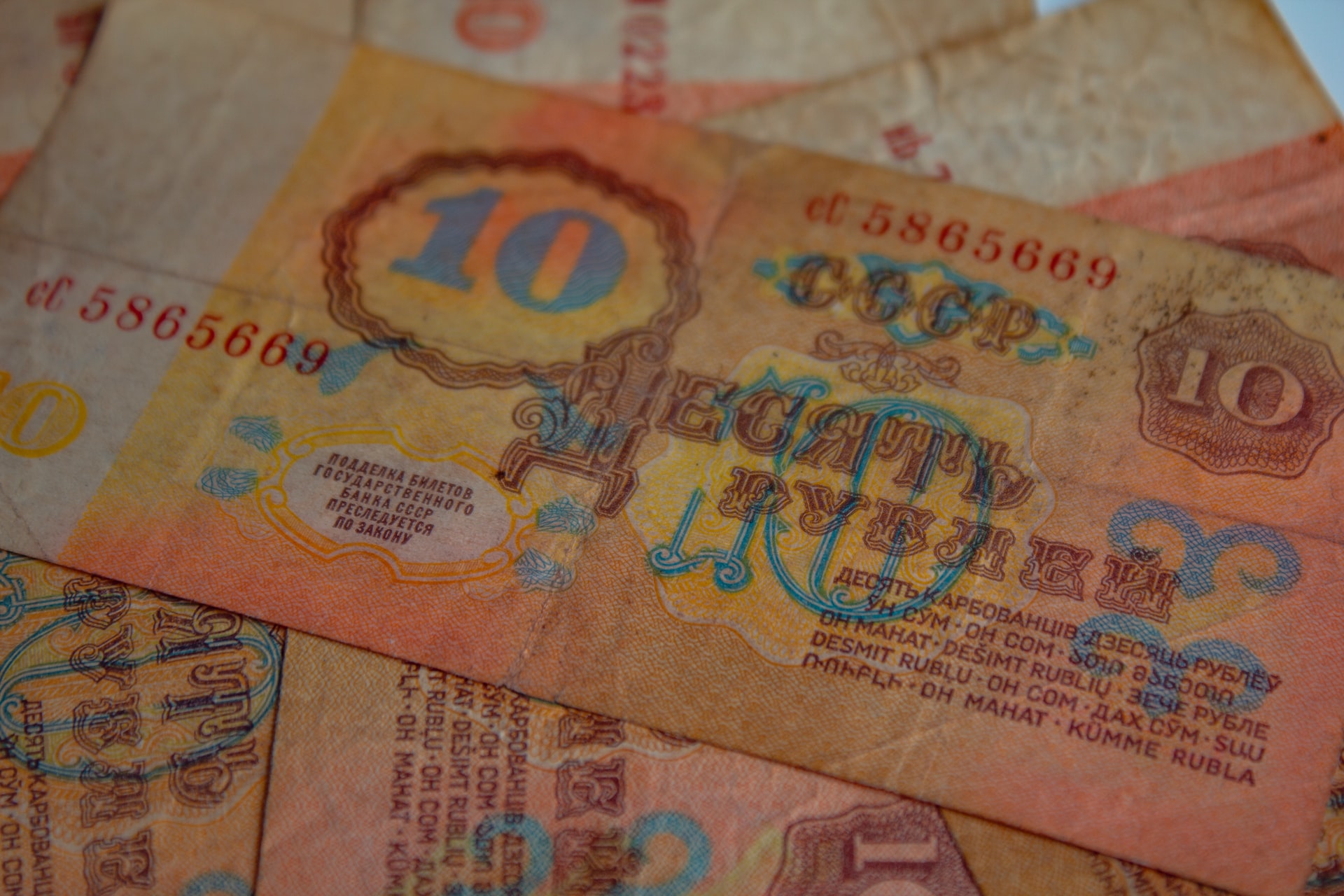Because the ruble does not carry yet

Despite the US and European sanctions against Moscow, the value of the Russian currency against the dollar is now at its highest level in the past seven years. The article by Giuseppe Gagliano
It is certainly not the first time that the evolution of historical events and, in particular, those linked to the war, have displaced scenarios and forecasts by national and international analysts. This is the case, for example, with the ruble.
THE VALUE OF THE RUBLE
The value of the Russian currency against the dollar is now at its highest level in the last seven years despite the United States and Europe having decided on sanctions against Moscow. In fact, the ruble has risen 35% this year against the US dollar and is trading at 55.78 against the dollar.
The West had hoped that the pressure would be enough to push the Russian strongman Vladimir Putin to withdraw from the war, but the ruble – at the moment – has proved to be a strong currency. After the invasion, the Russian central bank imposed strict capital controls to force the purchase of the ruble.
THE ASSIST PROVIDED BY THE RISE IN ENERGY PRICES
Another factor pushing up the value of the ruble is the surge in global energy prices. Since the war began, oil and gas prices have exploded as outflows from Russia have slowed.
Brent crude, the global oil benchmark, was at $ 114 a barrel on Monday morning, while the US benchmark, West Texas Intermediate, is now at $ 110, a big increase from $ 75 at the beginning of the year. Indeed, Russia has forced some foreign buyers of its energy products to pay in rubles, something that has helped strengthen the currency's strength globally. Moscow is now seeing its energy export revenues reach $ 20 billion a month, even as European importers work to reduce dependence on Russian oil and gas.
Commodity prices are currently skyrocketing, and while there is a decline in the volume of Russian exports due to embargoes and sanctions, rising commodity prices compensate for these declines.
WHAT IS MOSCOW TRYING TO DO
Now the Russian authorities – paradoxically, at least in appearance – are trying to weaken the ruble. First Deputy Prime Minister Andrey Belousov said there have been discussions about targeting an "optimal" exchange rate of 70-80 rubles per dollar in order to encourage economic growth, Bloomberg reported.
Russia has also worked to weaken the capital controls it put in place after the US and Europe hit its economy with sanctions.
THE MOVES OF THE RUSSIAN CENTRAL BANK
The Russian central bank quickly raised interest rates from 9.5% to 20% immediately after the invasion of Ukraine. It then cut rates, which are now back to pre-war levels. In addition, it is trying to relax capital controls because it believes the ruble is too strong, Elina Ribakova, deputy chief economist at the Institute of International Finance, said late last month. However, the central bank is in a difficult position. If they continue to ease, they could open the doors for capital flows out of the country. In previous crises, $ 200 billion left the country within months.
This is a machine translation from Italian language of a post published on Start Magazine at the URL https://www.startmag.it/economia/perche-il-rublo-e-cosi-forte/ on Wed, 22 Jun 2022 09:51:38 +0000.
